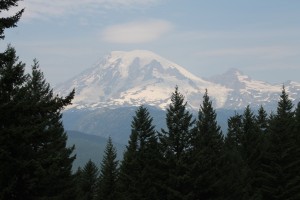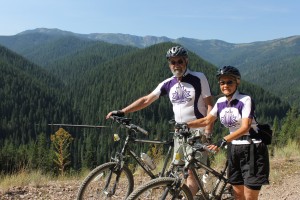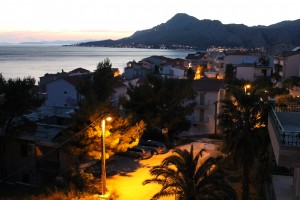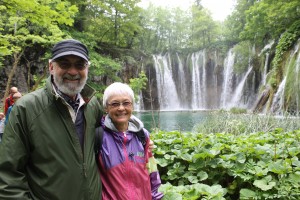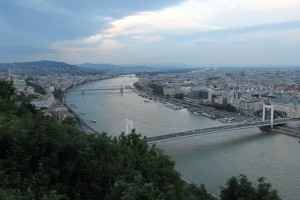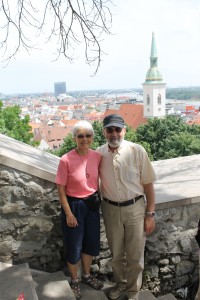Washington
August 17th, 2014During our trip to the U.S. Northwest, we crisscrossed the state of Washington several times. We crossed through the Northern Cascades on route 20; we spent time on the Olympic Peninsula; we crossed the state twice on I-90; and we varied I-90 path slightly by traveling on U.S. 12 one time. Our photos for the Olympic Peninsula are in another blog post.
We saw smoke in the air from forest fires across much of the state. When on our northern path we stayed in one town which was a staging area for the firefighters of that area. We drove past places which had burned. (This road was closed a week later for a new fire outbreak.)
The central part of the state is very dry—except where irrigation is used. The Columbia Basin Project is the irrigation network that the Grand Coulee Dam makes possible. It is the largest water reclamation project in the United States. We visited the Dam and also a large family farm where wheat and fruit trees are grown because of the project.
- eastern Washington
- eastern Washington
- eastern Washington
- burnt forest
- burnt forest
- Northern Cascades
- Northern Cascades
- Northern Cascades
- lake below dam
- Grand Coulee Dam
- farmer family
- Columbia River
- what irrigation can do
- Columbia River
- largest concrete span in US near Yakima
- near Yakima

















